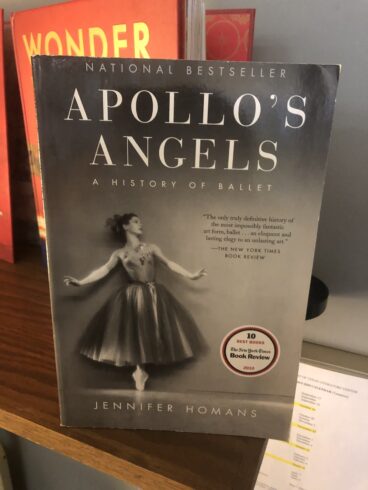When you are down in the stacks, sometimes an unassuming book can contain a treasure of information. The Decline and Fall of Nazi Germany and Imperial Japan: A Pictorial History of the Final Days of World War II by Hans Dollinger is a plain book that once opened contains notices, letters, pictures, propaganda leaflets and so much more from both the Allies and Axis powers. Below are just a few (and I mean a few) snippets of what can be found in this book.
An excerpt:
Will Germany be able to save her soul?
by Franz Werfel
“It is a terrible trial you are facing, German men and women, a trial without equal in the history of the world. Not in the defeat of your proud armies, not in the ruins of your flourishing cities, not in the millions whom you have driven from their gutted homesteads and who are now wandering homeless through the lands–not in all this suffering, horrible though it is, lies the terrible rial you have to undergo. The same sorrow that now drives you hollow-eyed over your ruined streets, was what you cold-heartedly prepared for others, not even bothering to look back at all the havoc you had caused. The other nations have survived their suffering. You, too, will survive yours, but only on condition that you save your souls. And this is your terrible trial and the great question: Will Germany be able to save her soul?
Do you know that it was Germans who killed millions and millions of peaceable, harmless, and innocent people with methods that would make even the devil blush with shame? Do you know about the ovens and gas chambers of Maidanek, the dung-heap of rotting corpses in Buchenwald, Belsen, and hundreds of other hell camps like these? Do you know of the fertilizer and soap factories set up in the vicinity of many a camp, lest human fat and human bones be lost to the German economy? Have you heard about the commandant’s wife who had a predilection for lampshades made of human skins?
Many of you will pale, turn away and murmur: “What has all that to do with me?” That is just it: it has to with you you, with every least one of you. If ever the course of history has expressed God’s judgment, it has done here and now. Did you not boast of your “national communion,” in which the individual was no more than a fanatical atom, unconditionally serving the whole? It was not individual criminals, therefore who committed all these horrors, but your “communion,” in which each stood for all, and all for each. The crimes of National Socialism and the unspeakable denigration of German civilization are but the logical outcomes of the devilish exaltation of the rights of the strongest and the claim that right is merely what serves the nation, or rather a few party bosses and swindlers. Nothing can undo the fact that you not only heeded these devilish doctrines, but that you embraced them fervently, defending them with fire, steel, and blood. Never before has a less heroic generation boasted a more heroic philosophy. Too late have your eyes been opened to the revolting behavior of your leaders, bosses, and generals.”
From Ruhr Zeitung, 19 May 1945, pg. 314 in The Decline and Fall of Nazi Germany and Imperial Japan


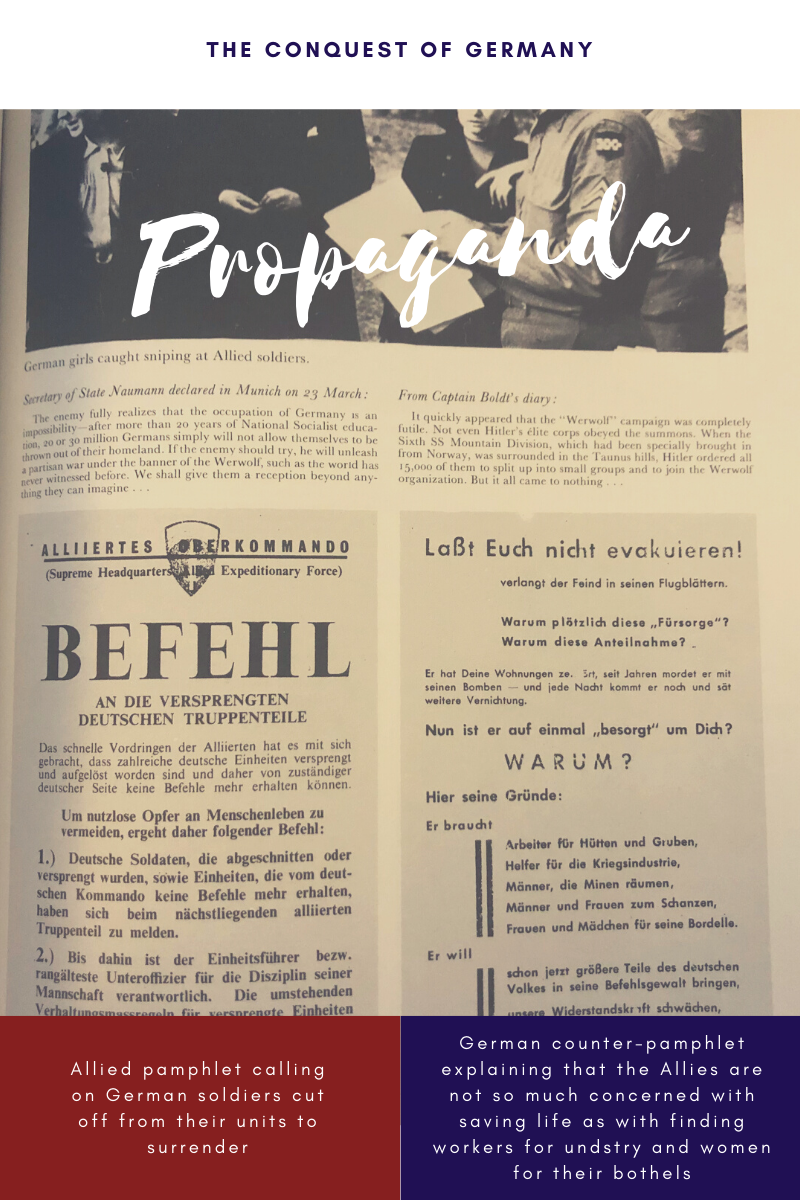

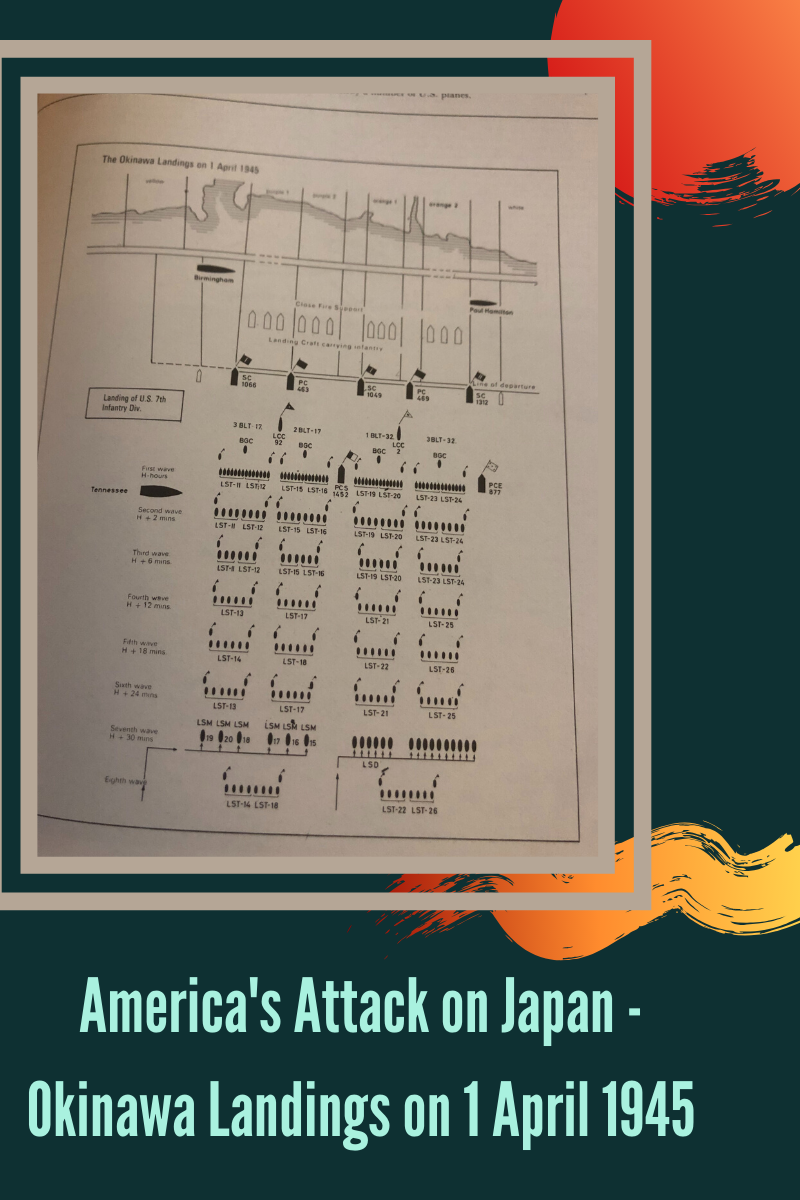

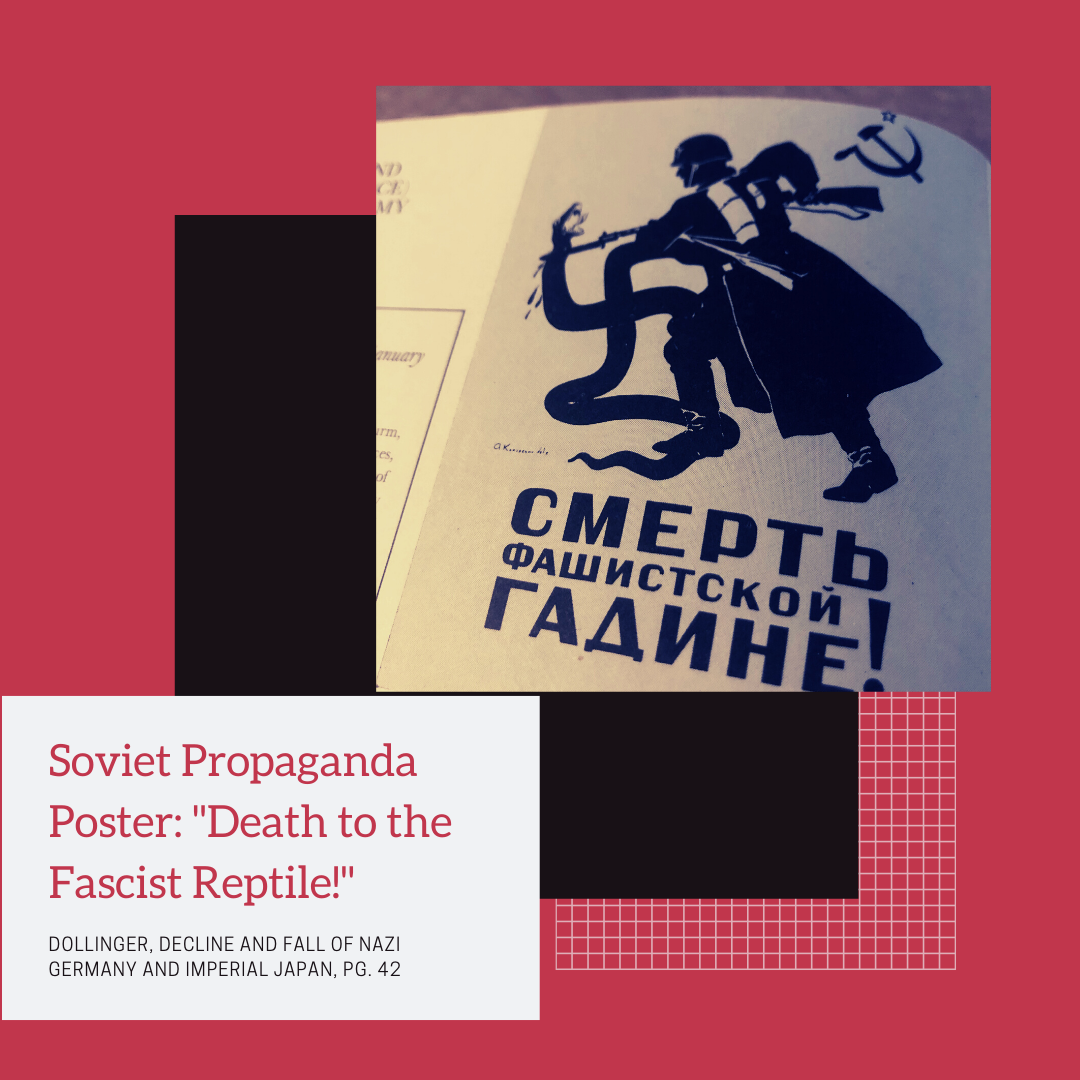
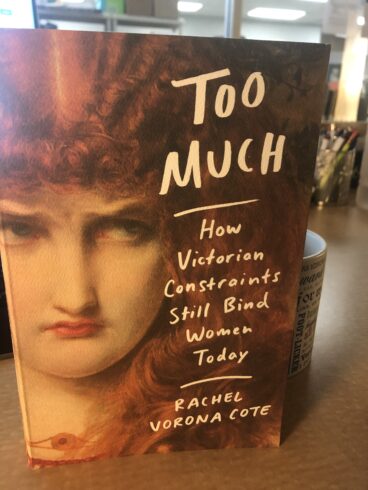 Yet, many double standards for women still exist because of this group of people. A weeping woman is a monster. So too is a fat woman, a horny woman, a woman shrieking with laughter. Women who are one or more of these things have heard, or perhaps simply intuited, that we are repugnantly excessive, that we have taken illicit liberties to live with abandon. It is the age-old problem women face, they can either be the angel or the monster, Mary or Eve, the madwoman in the attic or Jane Eyre.
Yet, many double standards for women still exist because of this group of people. A weeping woman is a monster. So too is a fat woman, a horny woman, a woman shrieking with laughter. Women who are one or more of these things have heard, or perhaps simply intuited, that we are repugnantly excessive, that we have taken illicit liberties to live with abandon. It is the age-old problem women face, they can either be the angel or the monster, Mary or Eve, the madwoman in the attic or Jane Eyre.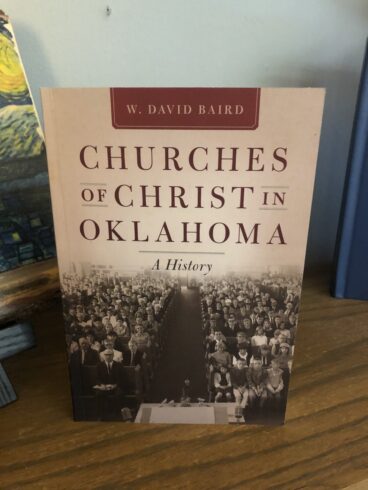 In the 1950s and 1960s, Churches of Christ were the fastest-growing religious organization in the United States. The churches flourished especially in southern and western states, including Oklahoma. In this compelling history, historian W. David Baird examines the key characteristics, individuals, and debates that have shaped the Churches of Christ in Oklahoma from the early nineteenth century to the beginning of the twenty-first century.
In the 1950s and 1960s, Churches of Christ were the fastest-growing religious organization in the United States. The churches flourished especially in southern and western states, including Oklahoma. In this compelling history, historian W. David Baird examines the key characteristics, individuals, and debates that have shaped the Churches of Christ in Oklahoma from the early nineteenth century to the beginning of the twenty-first century.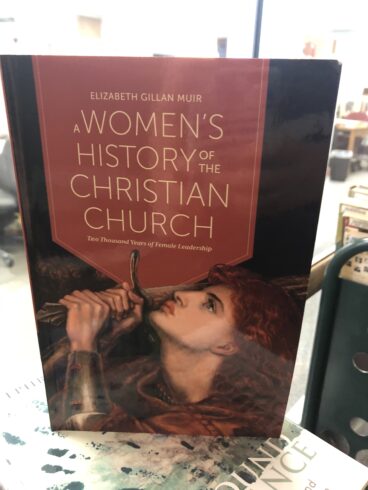 Well, now I have another book to add to my TBR pile (I cannot help myself, can I); Elizabeth Gillan Muir’s A Women’s History of the Christian Church: Two Thousand Years of Female Leadership. As she states in her Preface, this book grew out of an International Women’s Day event, as a panelist of female theological students were asked to discuss the women they admired in the history of the Christian Church. It soon became apparent that most of the audience was unaware of the rich history and contributions of females in the church over the past couple of thousand years. When Muir decided to write this book a friend told her “well, that will be a thin book” (xi). Yet, not only was there much to write about, but Muir was also not fully aware of the remarkable research that has been accomplished recently in this area.
Well, now I have another book to add to my TBR pile (I cannot help myself, can I); Elizabeth Gillan Muir’s A Women’s History of the Christian Church: Two Thousand Years of Female Leadership. As she states in her Preface, this book grew out of an International Women’s Day event, as a panelist of female theological students were asked to discuss the women they admired in the history of the Christian Church. It soon became apparent that most of the audience was unaware of the rich history and contributions of females in the church over the past couple of thousand years. When Muir decided to write this book a friend told her “well, that will be a thin book” (xi). Yet, not only was there much to write about, but Muir was also not fully aware of the remarkable research that has been accomplished recently in this area.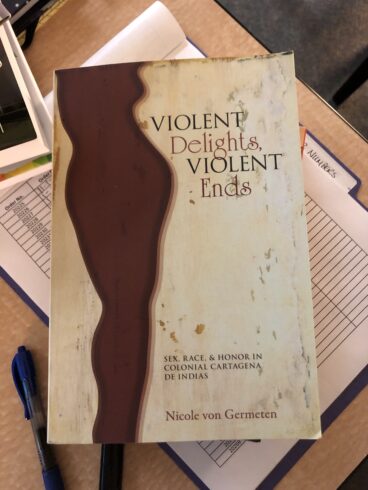 Nicole von Germeten takes the reader beneath the surface of daily in a colonial city. Cartegena was an important Spanish port and the site of an Inquisition high court, a salve market, a leper colony, a military base, and a prison colony—colonial institutions that imposed order by enforcing Catholicism, cultural and religious boundaries, and prevailing race and gender hierarchies. The city was also simmering with illegal activity, from contraband trade to prostitution to heretical religious practices.
Nicole von Germeten takes the reader beneath the surface of daily in a colonial city. Cartegena was an important Spanish port and the site of an Inquisition high court, a salve market, a leper colony, a military base, and a prison colony—colonial institutions that imposed order by enforcing Catholicism, cultural and religious boundaries, and prevailing race and gender hierarchies. The city was also simmering with illegal activity, from contraband trade to prostitution to heretical religious practices.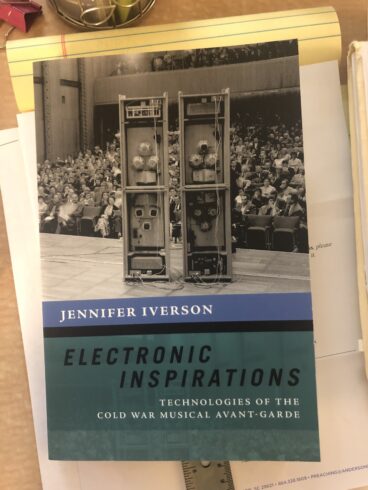 For a decimated post-war West Germany, the electronic music studio at the WDR radio in Cologne was a beacon of hope. Jennifer Iverson’s Electronic Inspirations: Technologies of the Cold War Musical Avant-Garde traces the reclamation and repurposing of wartime machines, spaces, and discourses into the new sounds of the mid-century studio. In the 1950s, when technologies were plentiful and the need for reconstruction was great, West Germany began to rebuild its cultural prestige via aesthetic and technical advances. The studio’s composers, collaborating with scientists and technicians, coaxed music from sine-tone oscillators, noise generators, band-pass filters, and magnetic tape. Together, they applied core tenets from information theory and phonetics, reclaiming military communication technologies as well as fascist propaganda broadcasting spaces. The electronic studio nurtured a revolutionary synthesis of science, technology, politics, and aesthetics. Its esoteric sounds transformed mid-century music and continue to reverberate today. Electronic music–echoing both cultural anxiety and promise–is a quintessential Cold War innovation.
For a decimated post-war West Germany, the electronic music studio at the WDR radio in Cologne was a beacon of hope. Jennifer Iverson’s Electronic Inspirations: Technologies of the Cold War Musical Avant-Garde traces the reclamation and repurposing of wartime machines, spaces, and discourses into the new sounds of the mid-century studio. In the 1950s, when technologies were plentiful and the need for reconstruction was great, West Germany began to rebuild its cultural prestige via aesthetic and technical advances. The studio’s composers, collaborating with scientists and technicians, coaxed music from sine-tone oscillators, noise generators, band-pass filters, and magnetic tape. Together, they applied core tenets from information theory and phonetics, reclaiming military communication technologies as well as fascist propaganda broadcasting spaces. The electronic studio nurtured a revolutionary synthesis of science, technology, politics, and aesthetics. Its esoteric sounds transformed mid-century music and continue to reverberate today. Electronic music–echoing both cultural anxiety and promise–is a quintessential Cold War innovation.